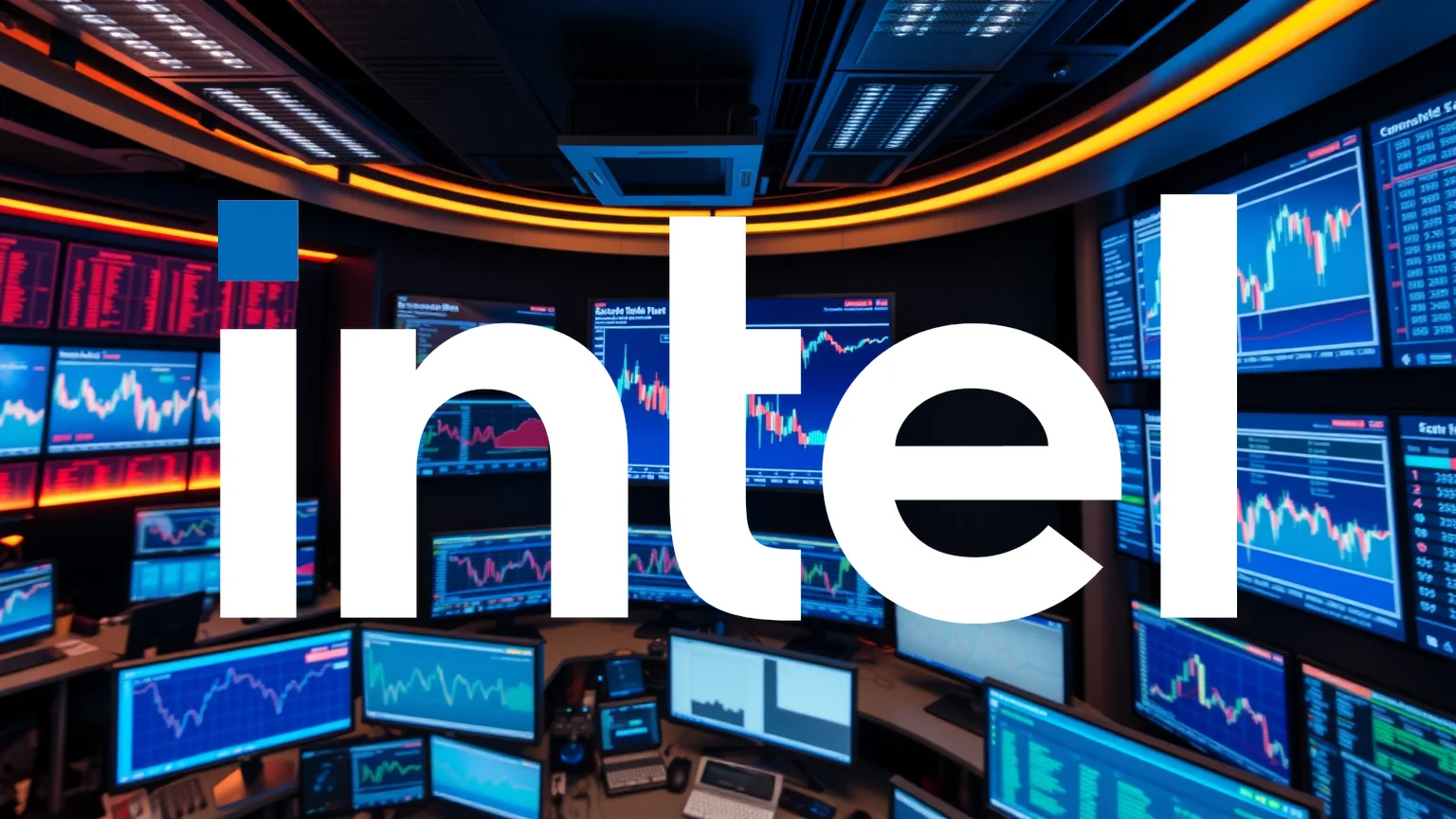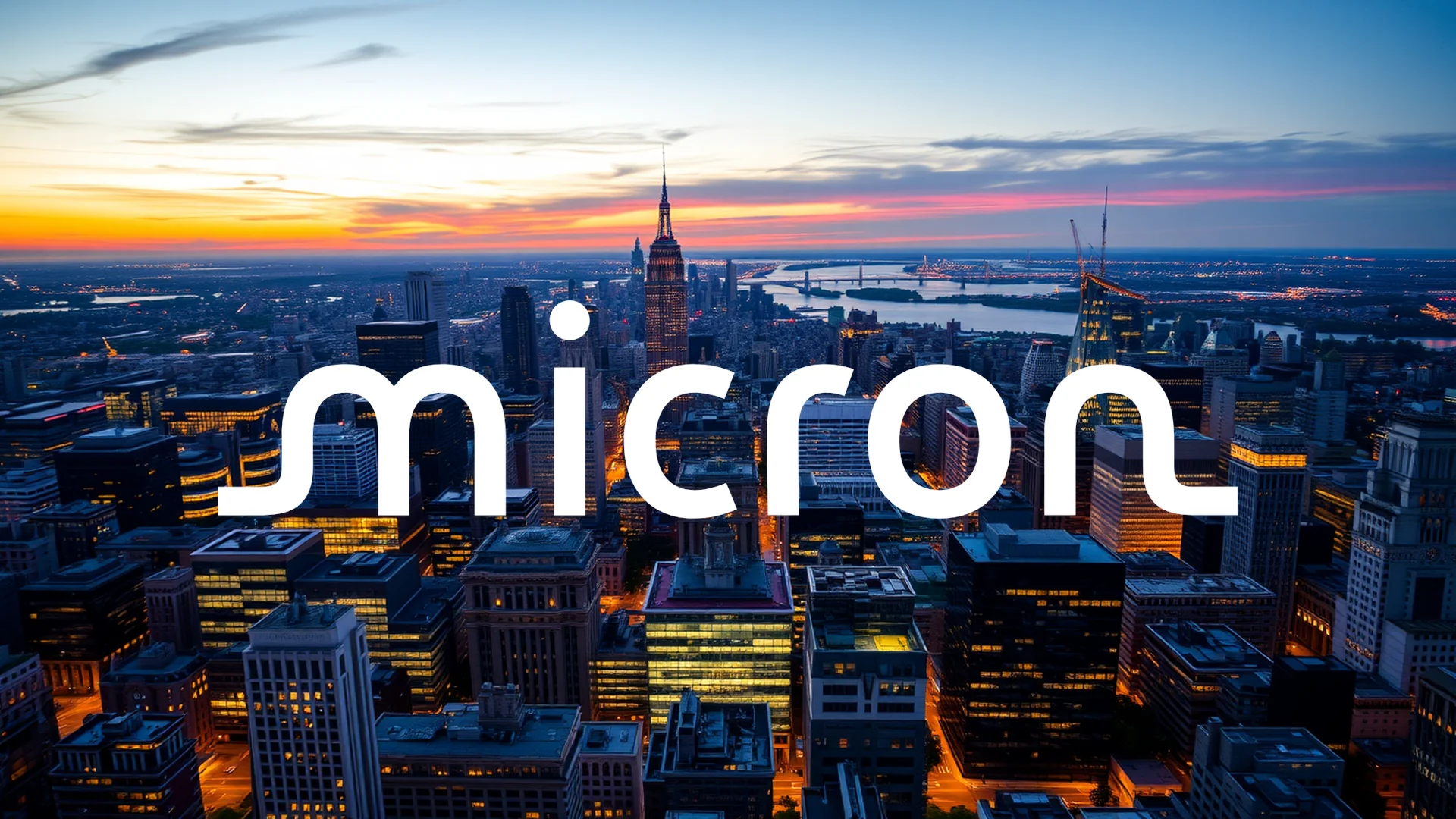In a landmark move, the U.S. government is set to become a significant shareholder in Intel Corporation, acquiring a substantial 9.9% stake in the semiconductor giant. This equity position is the result of converting billions in promised subsidies into direct ownership, yet the market response has been unexpectedly negative, with investors driving the share price lower instead of celebrating the massive capital infusion.
The Structure of the $8.9 Billion Deal
The transaction involves the U.S. Treasury purchasing 433.3 million Intel shares at a preferential rate of $20.47 per share. This brings the total investment value to $8.9 billion. The funding is drawn from two pre-allocated sources: $5.7 billion from the CHIPS and Science Act and an additional $3.2 billion from the Secure Enclave program. A key condition of the arrangement is that the government will remain a passive investor, holding no board seat and exercising no voting rights. Despite this, the transaction fundamentally alters Intel’s capital structure.
Market Reaction Contradicts Expectations
The financial markets delivered a clear verdict on the news. After a brief initial uptick, Intel’s stock price quickly retreated, ultimately closing the session with a 1% loss. This downturn defies the positive outcome Intel’s management team had anticipated from securing such a substantial government backstop. The skepticism appears rooted in concerns the company itself has previously highlighted to its shareholders.
Should investors sell immediately? Or is it worth buying Intel?
Analysts point to two primary investor worries. First, a direct government stake could potentially complicate Intel’s extensive international operations, which account for a critical 76% of its total revenue. Customers and partners abroad may view the company’s ties to the U.S. government with increased caution. Second, the issuance of a massive number of new shares at a discounted price results in significant dilution for existing stockholders.
A Double-Edged Sword for the Chipmaker
The investment presents a complex mix of risks and rewards for Intel. On one hand, the immediate influx of nearly $9 billion provides vital stability for the company’s balance sheet, funding an aggressive expansion and technological catch-up strategy. On the other hand, in the highly competitive and globally interconnected semiconductor industry, where trust and neutral partnerships are paramount, the perception of state involvement could prove to be a long-term liability.
Ad
Intel Stock: Buy or Sell?! New Intel Analysis from November 25 delivers the answer:
The latest Intel figures speak for themselves: Urgent action needed for Intel investors. Is it worth buying or should you sell? Find out what to do now in the current free analysis from November 25.
Intel: Buy or sell? Read more here...












